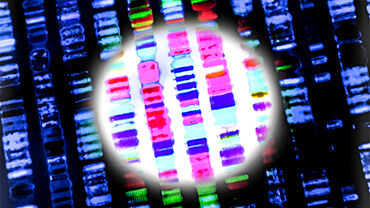Collection and analysis of whole genome sequencing data from food-borne pathogens and other relevant microorganisms isolated from human, animal, food, feed and food/feed environmental samples in the joint ECDC–EFSA molecular typing database
This report identifies and compares potential platforms/solutions for the set-up and running of a joint ECDC–EFSA database to collect and analyse whole genome sequencing (WGS) data for Listeria monocytogenes, Salmonella and Escherichia coli. In particular, WGS introduces the need for specific components for storage and analysis of these data.
Executive Summary
This report identifies and compares potential platforms/solutions for the set-up and running of a joint ECDC–EFSA database to collect and analyse whole genome sequencing (WGS) data for Listeria monocytogenes, Salmonella and Escherichia coli. In particular, WGS introduces the need for specific components for storage and analysis of these data.
ECDC and EFSA evaluated 11 solutions according to the degree to which they met the requirements as of 31 December 2018 as well as a number of constraints. The requirements are based on surveys on the use of WGS for food-borne pathogens in EU/EEA countries, consultations with food and veterinary and public health sectors, and advice from ten independent experts. They cover functionalities including data collection, storage and sharing, quality control, genome assembly, phylogenetic analysis, strain nomenclature, genome characterisation, general interaction and infrastructure..
According to the evaluation, no single solution meets all the critical requirements and consequently each solution has significant gaps with respect to particular functionality. Therefore, the report concludes that a combination of several solutions is likely required, and that in general data collection functionalities are relatively independent from data analysis functionalities. As there may be many suitable scenarios, and the choice among them will depend on strategic or financial elements that are not within the scope of this report, the report contains only the scientific and technical elements necessary to generate scenarios. This includes the significant gaps for each solution/functionality and the limitations and risks to be considered when setting up a joint ECDC–EFSA database for the collection and analysis of WGS data.







